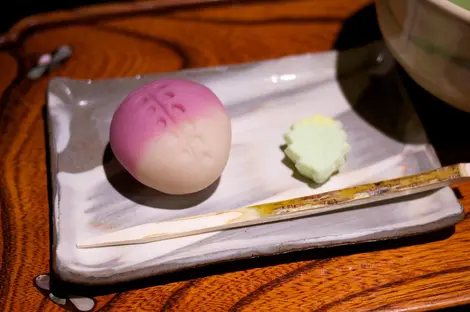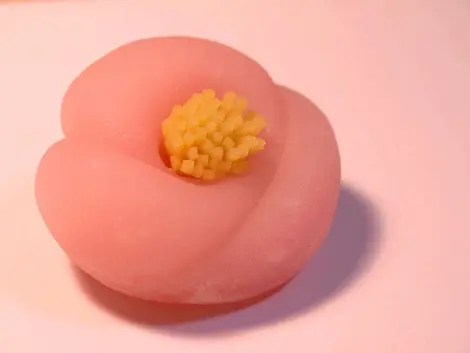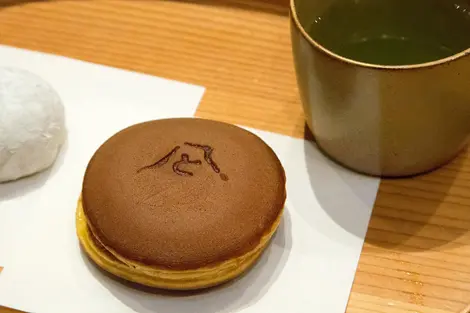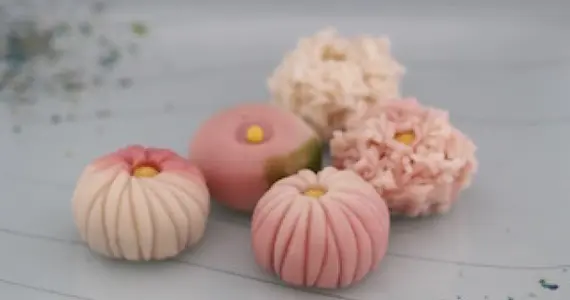Wagashi, traditional Japanese sweets 和菓子
Beautiful Japanese sweets
The term wagashi refers to traditional Japanese sweets. Usually small, the size of just a few mouthfuls, they come in many shapes, textures and using various ingredients. Appreciated for their elegant appearance, the taste is always equally refined.
Japanese sweets are grouped under the term wagashi.
The different types of wagashi
We can distinguish wagashi from yogashi (sweets of foreign origin), wa here meaning "Japanese". The basic ingredients of wagashi are often red bean paste (anko), but also rice or wheat flour, kuzu starch (a kind of thickener) and agar-agar (kanten).
To read: Azuki, Japanese red beans
There are several types of wagashi and it is not always easy to choose! A classification exists that ranks them according to their water content. Higashi is dry confectionery - often hard candy - and namagashi, "fresh" confectionery, containing more than 40% water, such as nerikiri for example. The word han-namagashi (literally "half fresh") refers to wagashi which contain between 20% and 40% water, such as yokan.
The art of wagashi
In Japan, wagashi are enjoyed with green tea. Traditionally, it is jo-namagashi, very sophisticated and high-end, with elaborate decorative forms, that accompany the tea ceremony. These confectionery have to be beautiful because they are part of a ceremony very important for the Japanese. They often have a floral shape or design, as ceremonial wagashi are supposed to represent the four seasons.
The most common wagashi are still kawaii (cute). Among the most common are mochi, dorayaki, daifuku, dango, manju, and monaka... The list is long! There's something for everyone, all year round.
Learn how to make wagashi with Voyagin.
Where and when to buy wagashi
If while shopping in Japan, some lovely little things packaged in pretty bags happen to catch your eye, you're probably in front of a wagashi store! These can be traditional neighborhood sweets, as well as specialty boutiques in galleries or shopping centers. Although a number of basic sweets are found everywhere (manju, dorayaki, and mochi especially) each shop tends to develop its own specialty or particular recipes. Some boast knowledge dating back several centuries!
You can buy wagashi all year round and throughout Japan, but some types are seasonal or regional. For example, the sakura season sees wagashi variations on a cherry blossom theme reappear every spring. Since many wagashi brands have attracting customers down to a fine art during the tourist seasons, you have to taste all these delicacies to find the best!





















